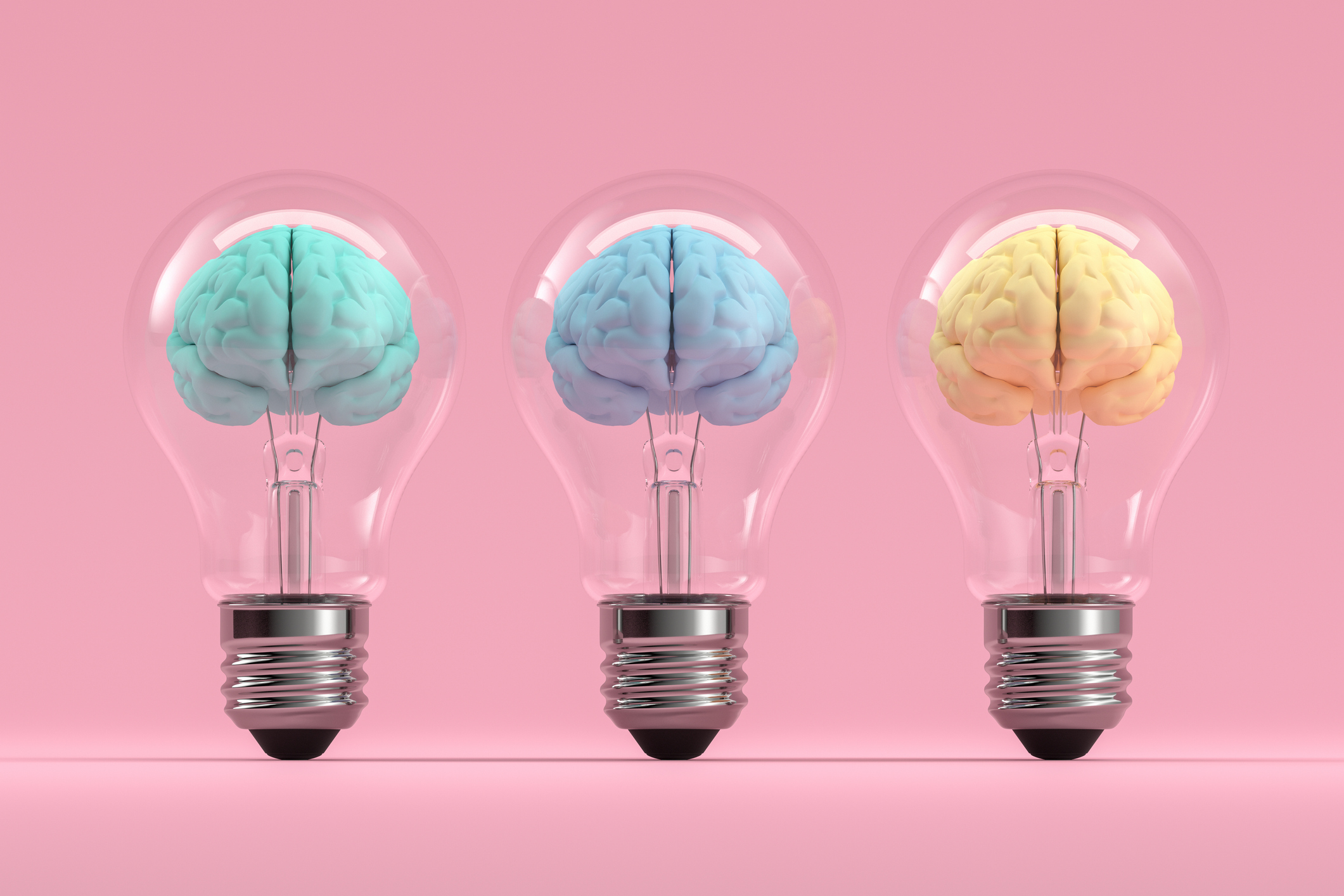We Don't Need to Use the Phrase 'Growth Mindset'



By Stefanie Faye
Years ago, when I started teaching students and teachers about neuroplasticity and 'Growth Mindset', I never actually used the phrase Growth Mindset. In fact, I had never even heard of it! As a neuroscientist and school counselor, I’d studied the brain’s plasticity and presented this information to students and teachers. I would explain that neurons and networks in the brain form stronger connections the more they’re used and that some of our repetitive, thoughts, schemas, or scripts come from hearing them enough times not because they’re true, healthy, or adaptive, but because it's all science!
During my time as a school counselor, I utilized research from Experiences Build Brain Architecture (Harvard) to show an anxious student how her repetitive thoughts can change her overall mindset.
I used visual aids and diagrams about myelination and back-to-front development to help her understand exactly how this worked. At the end of our session, she made a gesture with her hands exploding away from her head because her “mind was blown”.
After feeling chronically anxious and unheard by her previous counselors, I was able to use neuroscience to help a malleable student feel seen, heard, and understood. We eventually built a relationship, and she started attending regular sessions with me. She even began to stop by during lunch or after school to learn more about how the brain builds networks and how it prunes others away. She learned that the fact that a network gets myelinated isn’t about whether it ‘should’ be or is a ‘good one’, but rather because it was being activated regularly. She went from being close to dropping out of high school to creating an after-school leadership group.
Bringing the Concept of Neuroplasticity Closer to Students

One of my duties as a school counselor was to give these extremely long and frankly mundane presentations. While speaking to over 400 high school students about the idea of neuroplasticity and specifically ‘self-directed neuroplasticity’, many of the students stayed silent. To be honest, I’m pretty sure most of them weren’t even listening - I mean, we’re talking 400 high school students in one room; however, the students who were engaged were on the edge of their seats. They raised their hands and asked thought-provoking questions. They even lingered after the presentation to learn more about self-directed neuroplasticity and other ideas.
I also remember working with a young man who was ready to abandon an extremely challenging science project. He felt dejected and helpless, but when he saw that it would just take a few moments of reflection and additional attempts to make his contraption work, he calmed down. I was able to show him that his brain was growing stronger with each attempt, and he decided to keep working on the project. He even told me that he realized that life was going to keep giving him “more and more dips” that he would need to go through so he could build even more “brain strength”. Pride is not enough to describe how I felt about him at that moment.
Using the Phrase "Growth Mindset"
Through all of these experiences, I didn’t have a word or specific phrase for what I was teaching my students. I didn't use the phrase ‘Growth Mindset’ because I’d never heard of it. I just explained what I knew about the most recent research in neuroscience. I was explaining how the brain is an organ that is plastic and malleable, it can be shaped and molded into what we want it to be. Students, parents, and teachers resonated with my lessons because they reflected what they already knew. I was able to give them an explanation for the unprecedented change and growth their students and children were experiencing- an explanation rooted in facts and science.
Unfortunately, I can’t measure those results with quantifiable data. All I can say is that once people heard these principles of learning and the brain, they saw themselves differently. They would respond to this new information with their own new ideas or efforts to learn something.
Learning about the mechanics of learning helped people see more clearly how they could mold their thinking and give their brains the stamina needed to try and succeed in new things, while using failure as a stepping stone to success.
They learned that this new thought process didn’t happen because someone was simply saying “I know you can do it!”, but because the laws of nature and neuroplasticity could help them achieve it.
No matter what kind of mindsets we are surrounded by at home or in our community, with the right type of education and thought leadership, school scan become a place where the next generation gets to play with new perspectives and use their minds in the brilliantly adaptive ways they are designed to be used. Just one educator can give students a new way to look at themselves. This new perspective can completely change their trajectory by showing them that a person’s mindset can be a powerful catalyst to create change in their behaviors and abilities!
This article was crafted by Stefanie Faye, an independent contributor engaged by CheckIT Labs, Inc. to provide insights onthis topic.

Stefanie has a degree from New York University and her fieldwork focused on neuroplasticity, empathy and emotion regulation. She has worked as a neuroscience consultant for many global organizations and as a school and family counselor, cognitive trainer, reading therapist, research analyst, coordinator of learning programs.



